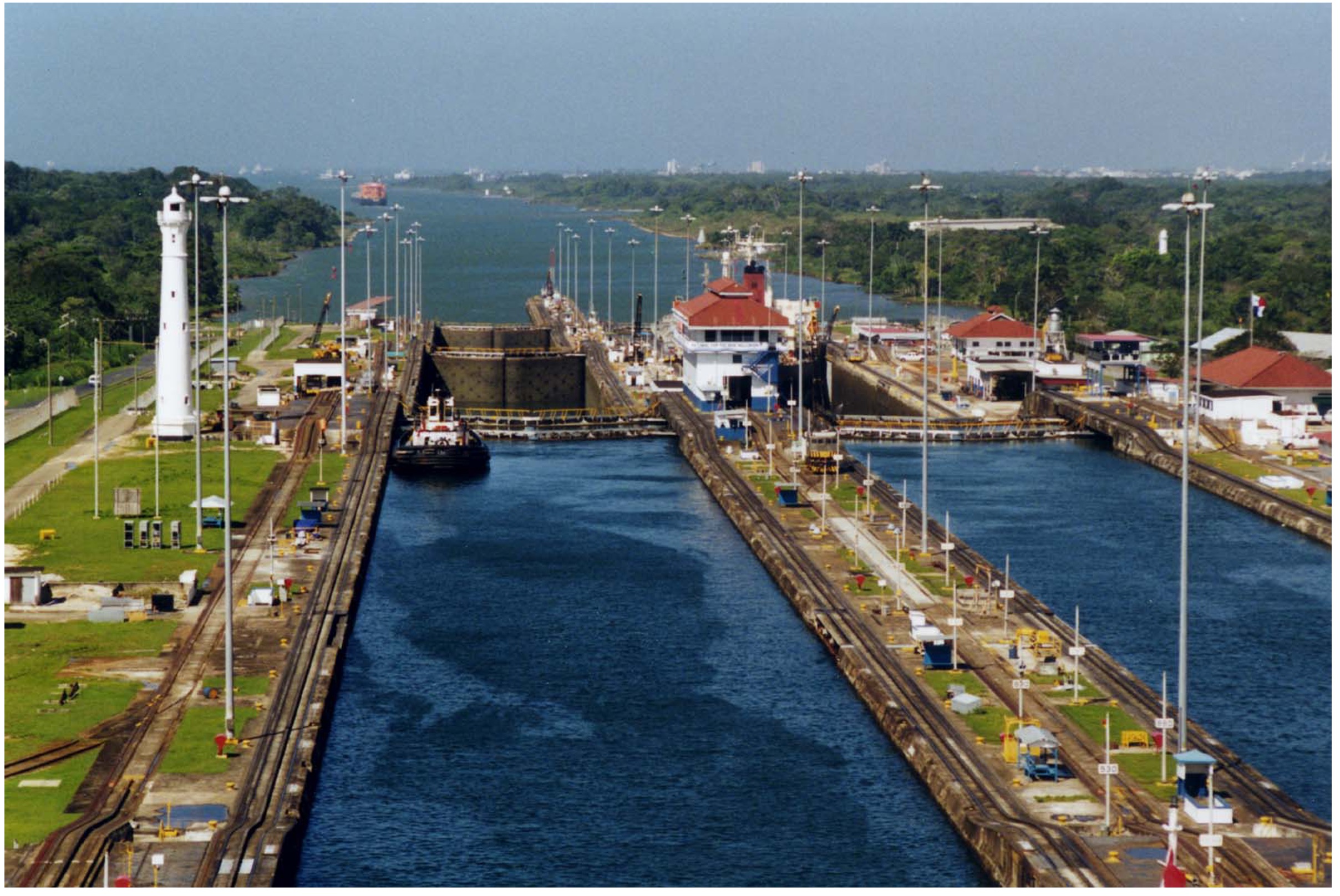
The Panama Canal is a vital cornerstone of global maritime transportation and international trade – especially for the US. Its location makes it a vital link between the Atlantic and Pacific Oceans, enabling ships to avoid the much longer and hazardous route around Cape Horn, the southern tip of South America.
The canal is man-made, with attempts to build it dating back to the 1880s when the French had to first go. However, financial troubles and disease led to the initiative’s failure. After Panama gained independence from Colombia on 3rdNovember 1903, and with great interest from the US in such a project, an agreement was successfully negotiated between the two nations. The Hay-Bunau-Varilla Treaty of 1903 provided the US with a ten-mile-wide strip of land for the canal, a one-time payment of $10 million to Panama and an annual annuity of $250,000. The US also guaranteed the independence of Panama. Construction of the canal finished on 15th August 1914 and the waterway was controlled by the US until 31st December 1999, at which point Panama then took full control, administration, and maintenance of the canal. The Panama Canal is a great symbol of US economic power and technological prowess, giving them (and other nations) immense advantages in their international trade.
By using the Panama Canal, ships save considerable time and fuel costs, making international shipping hugely more efficient. Moreover, due to the shortcut, the canal contributes to decreased carbon emissions and helps mitigate the environmental impact of global maritime transportation. Furthermore, the strategic significance of the canal extends beyond economic benefit to issues like national security, defence capabilities and diplomatic relations. The successful completion of the canal was seen as a great foreign policy victory for the US; it enables the country to have a two-ocean navy in the Atlantic and Pacific, therefore allowing US ships access to either side of Eurasia.
2023 and 2024 showed how vital the canal is to global maritime transport. Panama is currently suffering a prolonged drought that began in early 2023 and has not let up thus far. In October 2023, Panama’s rainfall was 43% lower than average levels, making it the country’s driest October since the 1950s. This drought has caused the canal’s water levels to dramatically lower, restricting shipping, forcing reroutes, causing delays, and producing extra costs for companies. Due to the drought, there has been a 36% reduction in ship crossings through the canal. The daily transit allowance has been reduced to 24 ships of any size, down from the previous usual 35-40 a day. Vessels are required to carry less cargo, due to the depth of the water being significantly lower. The drought is due to end as the dry season comes to an end, but the situation does highlight the impact the changing climate is having on global functions and systems.
Nearly 40% of all US container traffic traverses the Panama Canal each year, facilitating the movement of roughly $270 billion in cargo. For the US, the canal is vital not just for its own national requirements, but also for upholding its position as a top global power. Given China’s rapid growth and the new battle for global hegemony between the two, the Panama Canal is now, more than ever, vital to the US .
Image: Stan Shebs ‘Photo of Panama Canal Gatun Locks‘, 2000 // CC BY-SA 3.0



Average Rating